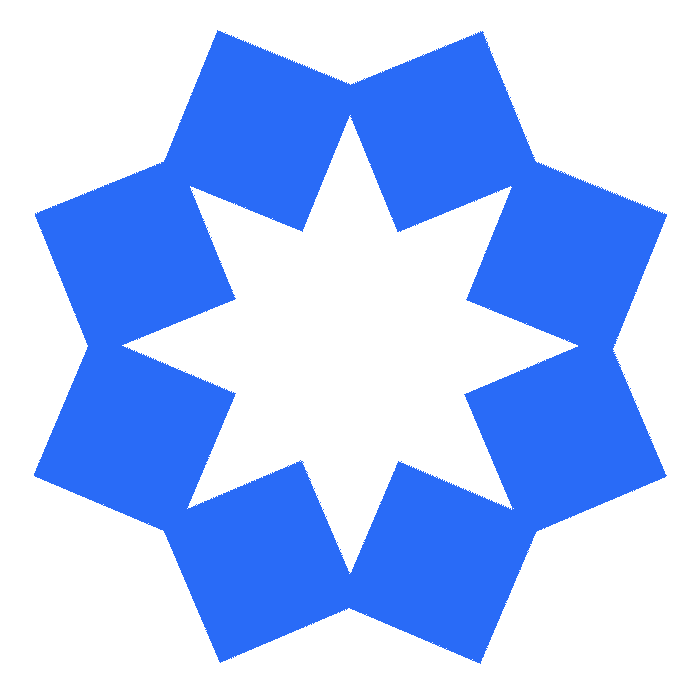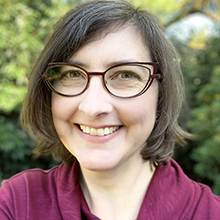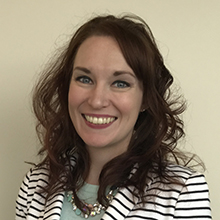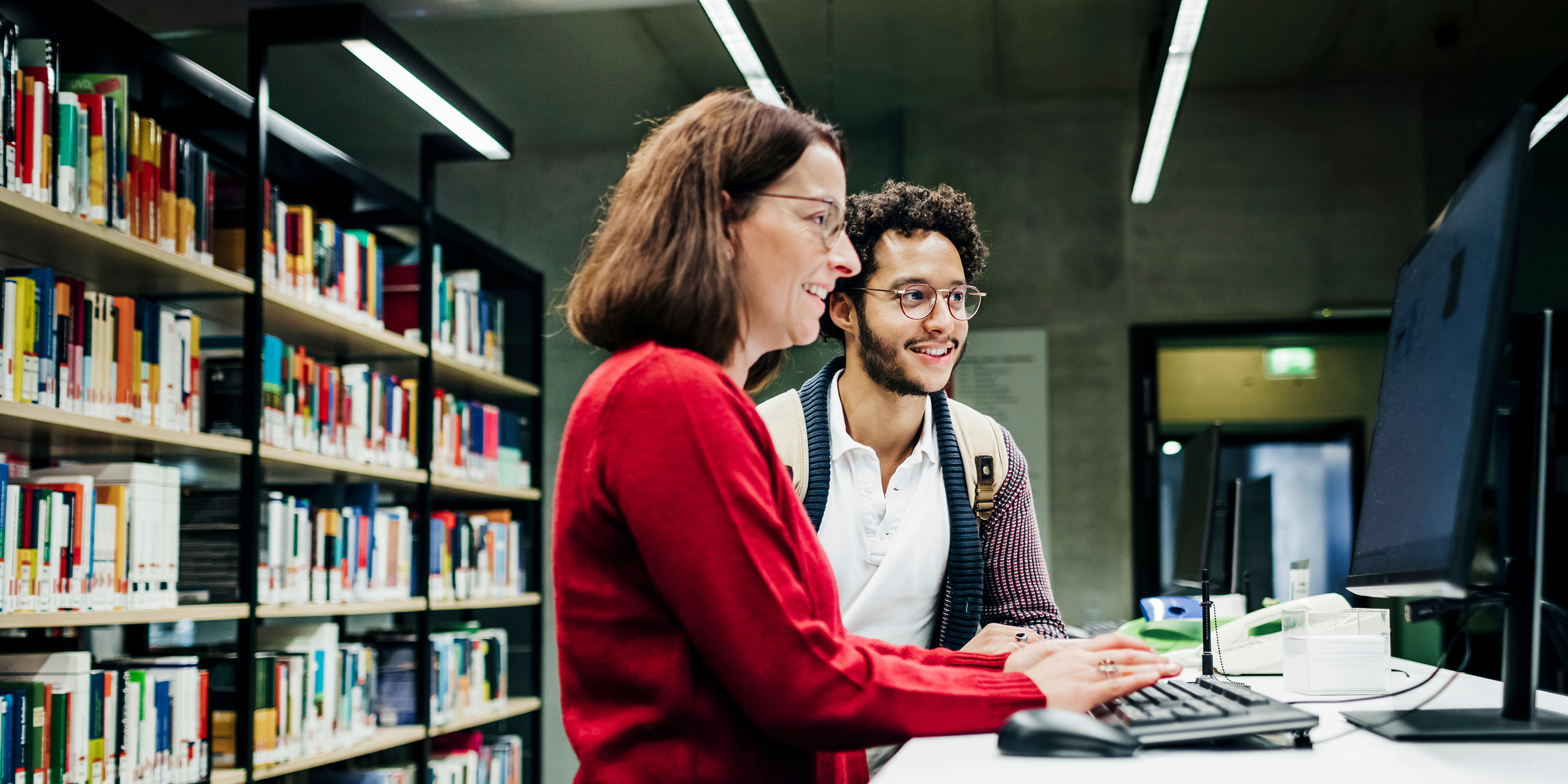Part 1—More Than Books: How Public Libraries Power STEM Learning for All Ages
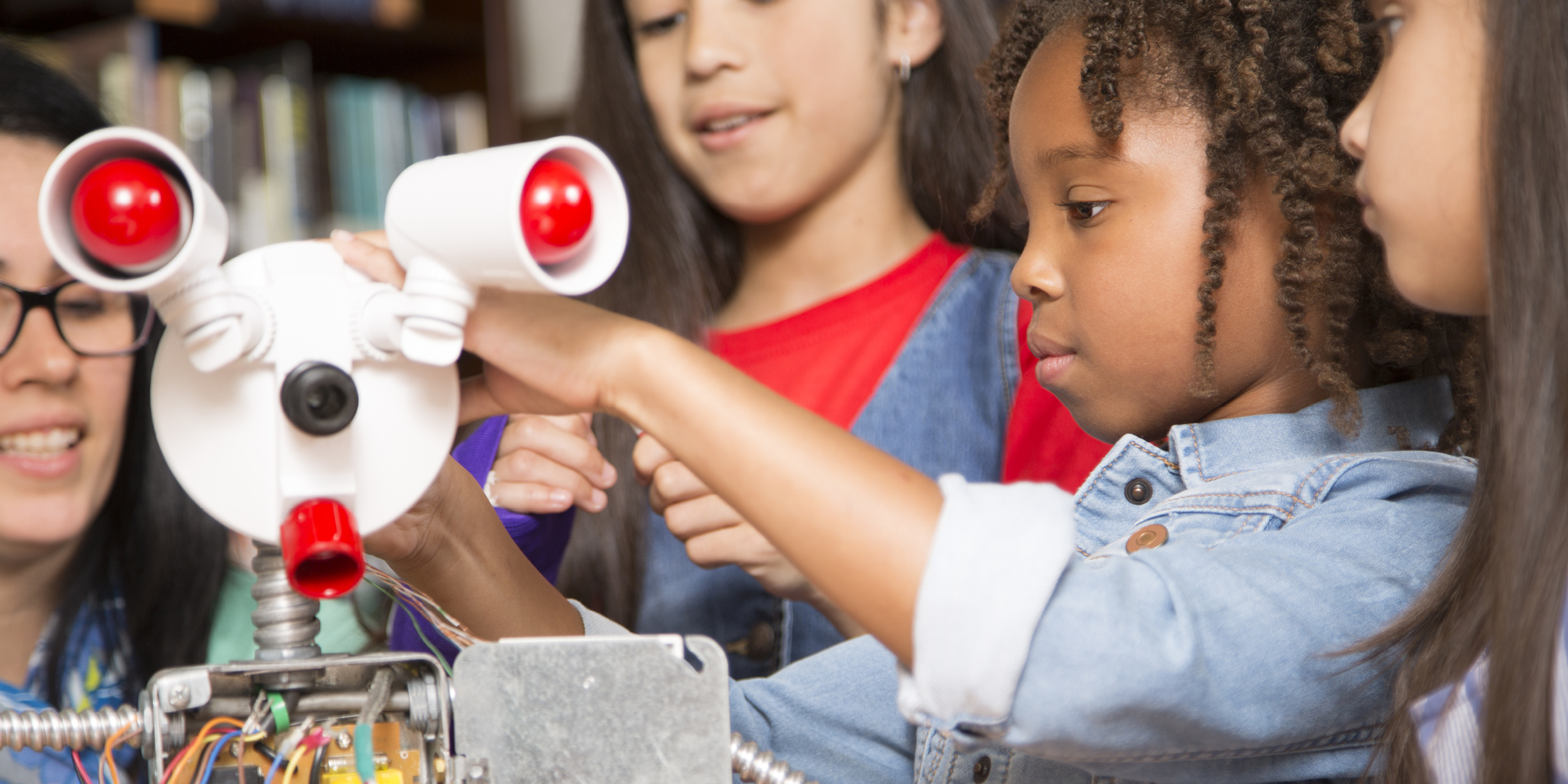
When is the last time that you visited your local public library? If you’re like us, you visited or used your library’s services (e.g., checking out an e-book) several times during the past year.
In fact, a 2019 Gallup poll found that “visiting the library remains the most common cultural activity Americans engage in, by far.”1 The average adult goes to the library two to three times more often than they go to a movie theater, attend a live music event, or visit a museum.
Why are libraries so popular? To put it simply—access. Public libraries are located in almost every community in the United States (there are more than 16,500 physical locations2), and their services are available for free to community members. As such, libraries reach people of all ages, races, and socioeconomic backgrounds, and they have high repeat visitation rates.3
That makes libraries great places for learning. But libraries are more than book repositories. Libraries serve as important “third places”4 for their communities and are increasingly becoming hubs for lifelong learning.5 As a part of the move to support their communities, more and more libraries are offering science, technology, engineering, and mathematics (STEM) learning opportunities, including science cafés, hands-on kits with STEM activities that can be checked out, and even maker spaces. Public libraries are ideal environments to foster STEM literacy—particularly for communities and groups that lack access to high-quality STEM resources—since libraries are accessible and trusted.
EDC has evaluated several STEM-related learning projects that took place in public libraries (including NASA@ My Library, STAR Net, STEAM Equity, and Project Build). Among our evaluation findings, we have learned:
- Librarians want support to implement STEM. Library staff are eager to learn how to offer STEM-related resources to their communities, and they benefit from having high-quality support to do so. That includes (ideally) regular in-person and virtual professional development, access to a repository of vetted STEM programming ideas (e.g., STAR Library Network of resources), and a facilitated community of practice where they can learn from and with their peers.6
- Libraries are good places for families to learn about STEM together. Libraries that hosted hands-on museum-quality exhibits provided by the Space Science Institute fostered intergenerational learning about STEM. Librarians observed multiple generations interacting with the exhibits together, and the evaluation team observed several such multi-generational interactions during site visits. Children frequently were the ones to draw their caregivers in to look at the exhibits. Parents and grandparents also drew their children in and helped them stay focused on the learning.7
- Virtual STEM programming at rural libraries can help reach new audiences. For communities that may not have access to traditional brick and mortar STEM resources, such as science museums, virtual programs with STEM experts can help to fill the gap.8
Next time you visit your local library, ask a librarian what STEM-related programs or resources they offer besides books. You might be surprised.
Stay tuned for Part 2 of our EDC blog series about how librarians increase their capacity to foster STEM learning, and Part 3 about the importance of adapting STEM resources for each library community.
Ginger Fitzhugh is a research scientist at EDC, where she helps programs leverage data to achieve better outcomes for all learners.
Jen Jocz is a senior research associate at EDC, where she works with programs to understand how informal learning spaces can better support STEM engagement and learning.
Disclaimer
The material is based upon work supported by the National Aeronautics and Space Administration (NASA) under Cooperative Agreement No. NNX16AE30A (NASA@ My Library) and the National Science Foundation (NSF) under Grant Nos. DRL-1010844 (STAR Net), DRL-1906172 (STEAM Equity), and DRL-1657593 (Project Build). The work was also assisted and supported by the Space Science Institute, which was the recipient of the grant. Any opinions, findings, and conclusions or recommendations expressed in this material are those of the authors and do not necessarily reflect the view of NASA, NSF, or the Space Science Institute.
1McCarthy, J. (2020, January 4). In U.S., library visits outpaced trips to movies in 2019. Gallup. https://news.gallup.com/poll/284009/library-visits-outpaced-trips-movies-2019.aspx
2Pelczar, M., Frehill, L. M., Nielsen, E, Kaiser, A., Hudson, J., & Wan, T. (2021). Characteristics of public libraries in the United States: Results from the FY 2019 public libraries survey. Institute of Museum and Library Services. https://www.imls.gov/sites/default/files/2021-08/fy19-pls-results.pdf
3Fitzhugh, G., Elworth, J., & Coulon, V. R. (2013, December). STAR_Net summative evaluation report. https://informalscience.org/evaluation/starnet-summative-evaluation-report/
4Wood, E. (n.d.). Intersections: The rise of third place and open access amidst the pandemic. https://www.ala.org/advocacy/diversity/odlos-blog/rise-third-place
5Rose, E. (2018, April). The state of America’s libraries 2018. American Library Association. https://alair.ala.org/items/f02a0e55-54b3-40f6-9726-df131b47788f
6LaConte, K., Mitchell, B., Shupla, C., Liston, C., & Fitzhugh, G. (2021). Lessons learned from NASA STEM workshops for high-impact professional development. Public Library Quarterly, 41(2), 144–160. https://doi.org/10.1080/01616846.2021.1875805
7Dusenbery, P., Holland, A., LaConte, K., Harold, J., Castle, L., & Fitzhugh, G. (January/February). Lessons learned from a decade of STEM exhibitions in libraries. ILR, 160, 9–19. https://www.spacescience.org/edu/reports/Lessons%20Learned%20from%20a%20Decade%20of%20STEM%20Exhibitions%20in%20Libraries_2020.pdf
8Johnson, A., Chambers, C., Fitzhugh, G., Liston, C., LaConte, K., & Dusenbery, P. (2019). Virtual STEM programs at public libraries featuring scientists. ILR, 158, 3–10. https://www.spacescience.org/edu/reports/Virtual%20STEM%20Programs%20at%20Public%20Libraries%20Featuring%20Scientists.pdf
